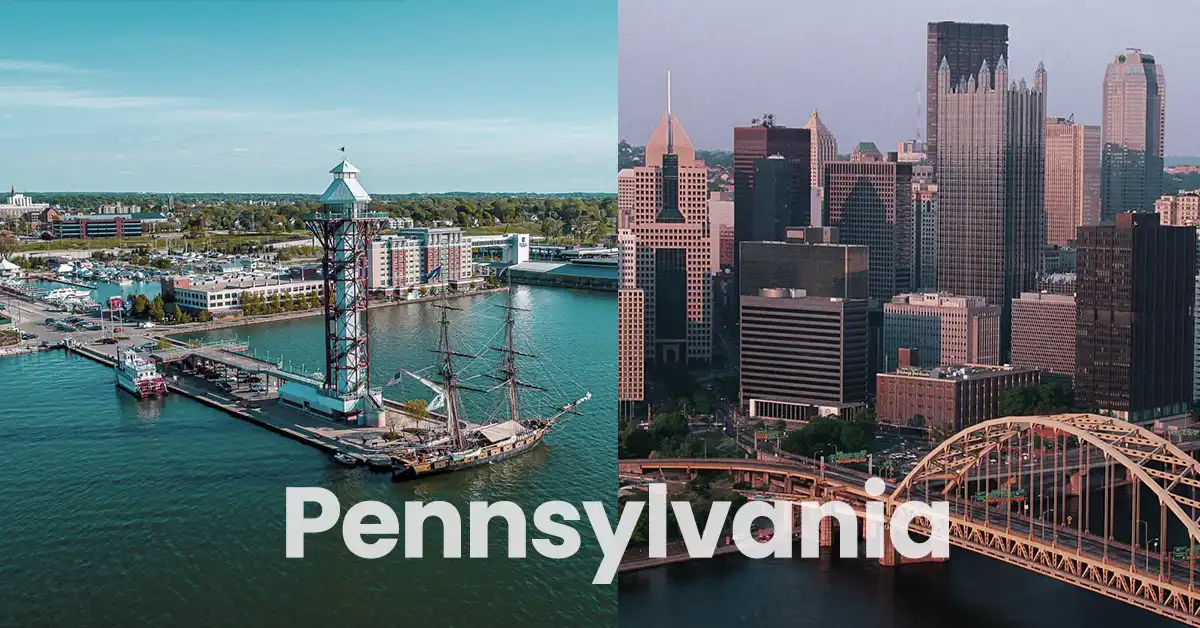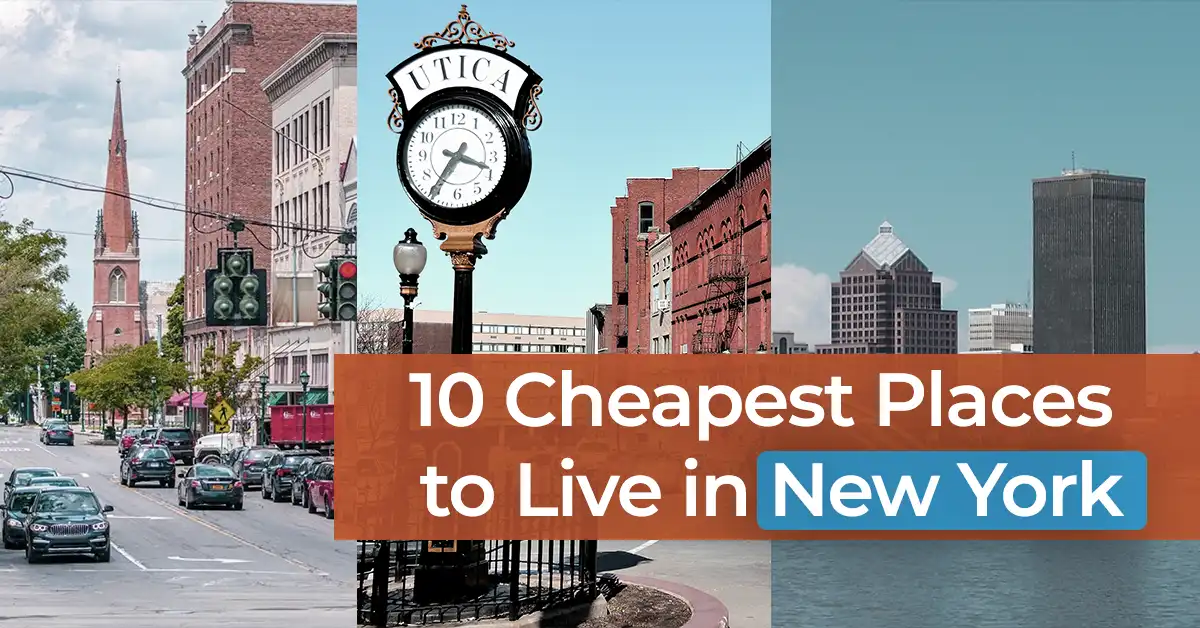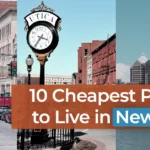Access to affordable healthcare is a fundamental right, yet for millions of low-income families in the United States, it remains a significant challenge. Medical expenses can quickly spiral out of control, leaving families to choose between paying for essential healthcare or meeting other basic needs like housing, food, and education.
The importance of affordable healthcare cannot be overstated—it ensures that individuals can receive timely medical attention, manage chronic conditions, and maintain overall well-being without financial strain. For low-income families, finding affordable healthcare options is not just a matter of convenience; it’s a lifeline to a healthier, more secure future.
In this article, we’ll explore various affordable healthcare options available to low-income families in the US. From government programs to community resources, we’ll provide a comprehensive guide to help you navigate the system and access the care you need without breaking the bank.
Table of Contents
Why Affordable Healthcare Matters
Healthcare costs in the US are among the highest in the world, making it difficult for low-income families to afford necessary medical services. Without access to affordable care, many people delay or skip treatments, leading to worsening health conditions and higher costs in the long run. Affordable healthcare ensures that families can access preventive care, manage chronic illnesses, and address emergencies without facing financial ruin.
For low-income families, affordable healthcare is especially critical. Children need regular check-ups and vaccinations, while adults require screenings and treatments to stay healthy. By understanding the available options, families can take proactive steps to protect their health and financial stability.
Government Programs for Low-Income Families
The US government offers several programs designed to provide affordable healthcare to low-income individuals and families. These programs are often the first line of defense for those struggling to afford medical care.
1. Medicaid
Medicaid is a joint federal and state program that provides free or low-cost health coverage to low-income individuals and families. Eligibility varies by state, but generally, it covers children, pregnant women, elderly adults, and people with disabilities. Medicaid covers a wide range of services, including doctor visits, hospital stays, prescription drugs, and preventive care.
To apply for Medicaid, visit your state’s Medicaid website or the Health Insurance Marketplace. If you qualify, you’ll gain access to comprehensive healthcare services at little to no cost.
Unlock Medicaid Benefits: Who Qualifies, What’s Covered, and How to Apply
2. Children’s Health Insurance Program (CHIP)
CHIP is designed specifically for children in low-income families who earn too much to qualify for Medicaid but still cannot afford private insurance. CHIP covers routine check-ups, immunizations, dental care, and emergency services. Like Medicaid, eligibility and benefits vary by state, so it’s essential to check your state’s specific guidelines.
3. Affordable Care Act (ACA) Marketplace
The ACA, also known as Obamacare, offers subsidized health insurance plans through the Health Insurance Marketplace. Low-income families may qualify for premium tax credits and cost-sharing reductions, which significantly lower monthly premiums and out-of-pocket costs. Open enrollment typically occurs once a year, but special enrollment periods are available for qualifying life events, such as losing job-based coverage.

Community Health Centers
Community health centers are a vital resource for low-income families. These nonprofit clinics provide affordable healthcare services on a sliding fee scale based on income. Services often include primary care, dental care, mental health services, and prescription medications.
One of the biggest advantages of community health centers is their focus on underserved populations. They are located in both urban and rural areas, making healthcare accessible to those who might otherwise go without. To find a community health center near you, visit the Health Resources and Services Administration (HRSA) website.
Also Read:
- 10 Most Affordable US Cities to Live in 2025-2026
- How to Find Affordable Housing in Expensive US Cities in 2025
- Simple Tips to Save Money While Living in the USA
- 15 Best Affordable Suburbs Near Major US Cities
- How to Live Affordably in California (2025–2026)?
- 20 Cheapest, Safest Places to Live in the US in 2025-2026
- Tips for Moving Across the USA on a Tight Budget
- 30 Cheapest Places to Retire Comfortably in the USA
- How College Students in the USA Can Live on a Budget?
- Top 10 Places to Buy Affordable Groceries in the USA
- How Dollar General Is Changing the Retail Game in Rural America?
Sliding Scale Clinics
Sliding scale clinics operate similarly to community health centers, offering services at reduced rates based on your ability to pay. These clinics are often run by nonprofit organizations or local governments and provide a range of services, from primary care to specialized treatments.
If you’re uninsured or underinsured, sliding scale clinics can be an excellent option for affordable healthcare. Be sure to bring proof of income when you visit, as this will determine the cost of your care.
Prescription Assistance Programs
Prescription medications can be a significant expense for low-income families. Fortunately, several programs help reduce the cost of medications:
- Patient Assistance Programs (PAPs): Many pharmaceutical companies offer PAPs that provide free or low-cost medications to eligible individuals.
- GoodRx: This free tool helps you compare prescription drug prices at local pharmacies and provides coupons for additional savings.
- NeedyMeds: A nonprofit organization that connects individuals with medication assistance programs and other healthcare resources.
Free and Low-Cost Clinics
Free clinics are another valuable resource for low-income families. These clinics offer basic medical services at no cost and are often staffed by volunteer healthcare professionals. While they may not provide comprehensive care, they can address immediate health concerns and refer patients to other resources if needed.
Low-cost clinics, on the other hand, charge minimal fees for services. These clinics are ideal for routine care, such as check-ups, vaccinations, and minor treatments.
Nonprofit Organizations
Several nonprofit organizations work to provide affordable healthcare to low-income families. Examples include:
- Planned Parenthood: Offers affordable reproductive health services, including birth control, STD testing, and cancer screenings.
- Local Charities: Many local charities provide financial assistance for medical expenses or operate free clinics.
Tips for Finding Affordable Healthcare
Navigating the healthcare system can be overwhelming, but these tips can help you find affordable options:
- Research Your Options: Take the time to explore government programs, community resources, and nonprofit organizations in your area.
- Ask About Discounts: Many healthcare providers offer discounts for uninsured or low-income patients. Don’t hesitate to ask.
- Preventive Care: Regular check-ups and preventive care can help you avoid costly medical treatments down the line.
- Stay Informed: Keep up with changes in healthcare policies and programs that may affect your eligibility or benefits.
Affordable healthcare is not a luxury—it’s a necessity. For low-income families in the US, accessing affordable healthcare can mean the difference between thriving and merely surviving. By taking advantage of government programs, community resources, and nonprofit organizations, families can secure the care they need without sacrificing their financial well-being.
If you’re struggling to afford healthcare, remember that help is available. Whether it’s Medicaid, CHIP, a community health center, or a prescription assistance program, there are options to ensure you and your loved ones stay healthy. Don’t wait until a health crisis strikes—explore these affordable healthcare options today and take the first step toward a healthier, more secure future.
By understanding and utilizing these resources, low-income families can overcome the barriers to affordable healthcare and enjoy a better quality of life. Remember, your health is your greatest asset, and there are pathways to protect it without breaking the bank.
FAQ:
What is considered low-income for healthcare assistance programs?
Low-income thresholds vary by program and state. Generally, eligibility is based on the Federal Poverty Level (FPL). For example, Medicaid often covers individuals and families earning up to 138% of the FPL, while CHIP may cover children in families earning up to 200% of the FPL. Check specific program guidelines for accurate income limits.
How do I apply for Medicaid or CHIP?
You can apply for Medicaid or CHIP through your state’s Medicaid website, the Health Insurance Marketplace (Healthcare.gov), or by visiting a local social services office. The application process typically requires proof of income, residency, and household size.
What services are covered under Medicaid?
Medicaid covers a wide range of services, including doctor visits, hospital stays, prescription drugs, preventive care, maternity care, and mental health services. Some states also offer additional benefits like dental and vision care.
Can I get help with prescription drug costs?
Yes, several programs can help reduce prescription drug costs. Patient Assistance Programs (PAPs) offered by pharmaceutical companies, GoodRx for discounted prices, and NeedyMeds for connecting you with resources are great options to explore.
What is a sliding scale clinic?
A sliding scale clinic adjusts the cost of healthcare services based on your income. These clinics are often run by nonprofits or local governments and provide affordable care to low-income individuals and families.
Are there free clinics for low-income families?
Yes, free clinics offer basic medical services at no cost. They are typically staffed by volunteer healthcare professionals and are a good option for immediate health concerns. However, they may not provide comprehensive or specialized care.
What is the Affordable Care Act (ACA) Marketplace?
The ACA Marketplace is an online platform where individuals and families can compare and purchase health insurance plans. Low-income families may qualify for premium tax credits and cost-sharing reductions, making coverage more affordable.
Can I get healthcare assistance if I’m not a US citizen?
Eligibility for healthcare programs depends on your immigration status. Some programs, like emergency Medicaid, may be available to non-citizens. It’s best to check with individual programs or consult a legal expert for guidance.
What if I don’t qualify for Medicaid or CHIP?
If you don’t qualify for Medicaid or CHIP, consider other options like sliding scale clinics, community health centers, or ACA Marketplace plans with subsidies. Nonprofit organizations and local charities may also provide assistance.
How can I find a community health center near me?
You can use the Health Resources and Services Administration (HRSA) website to locate a community health center in your area. Simply enter your zip code to find the nearest clinic.
Are there programs to help with dental care?
Yes, some Medicaid programs and CHIP cover dental care for children. Additionally, community health centers and sliding scale clinics often provide affordable dental services for low-income families.
How can I reduce the cost of medical bills?
Negotiate with healthcare providers for discounts, ask about payment plans, and explore financial assistance programs. Nonprofit organizations and local charities may also offer help with medical bills.












